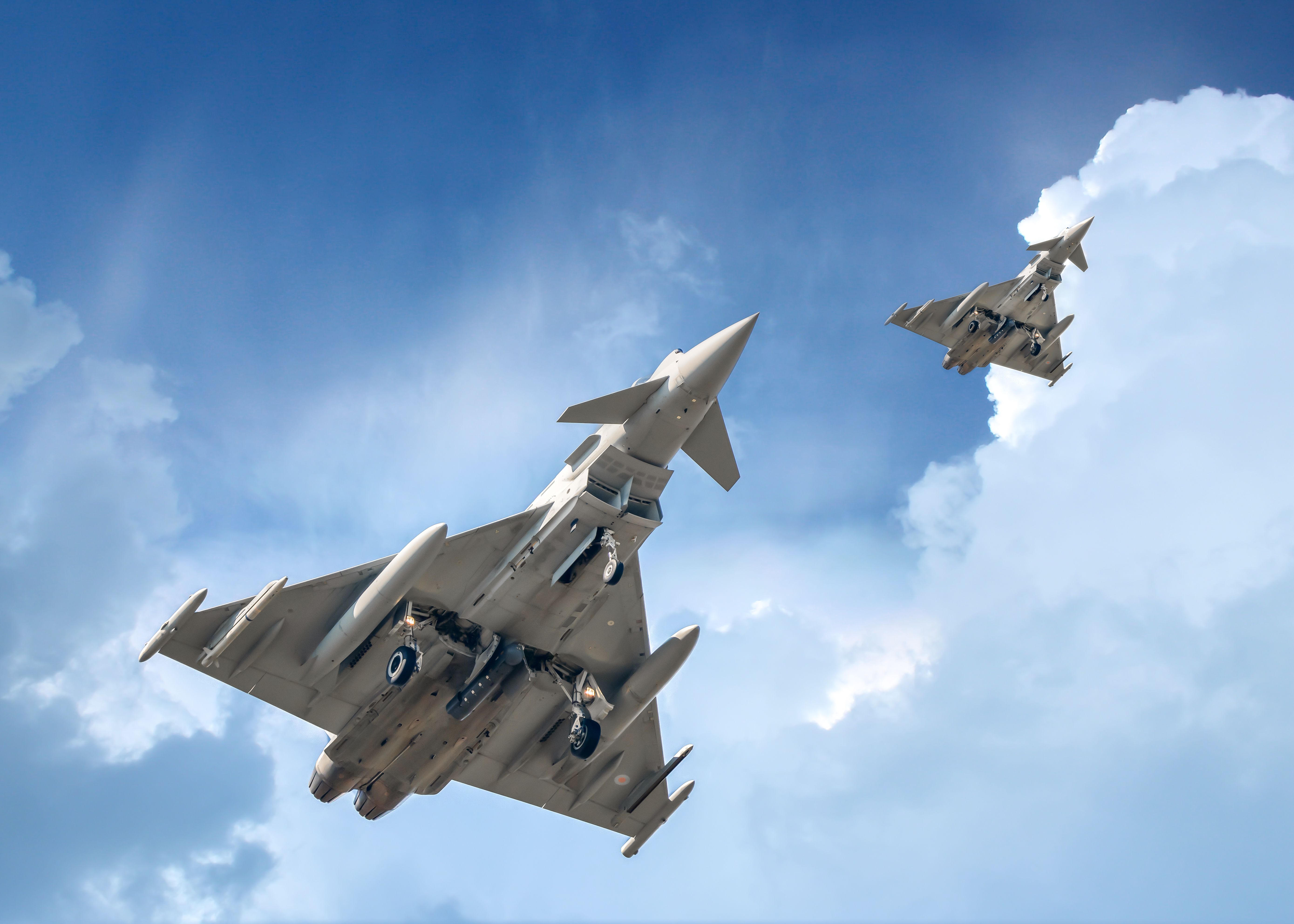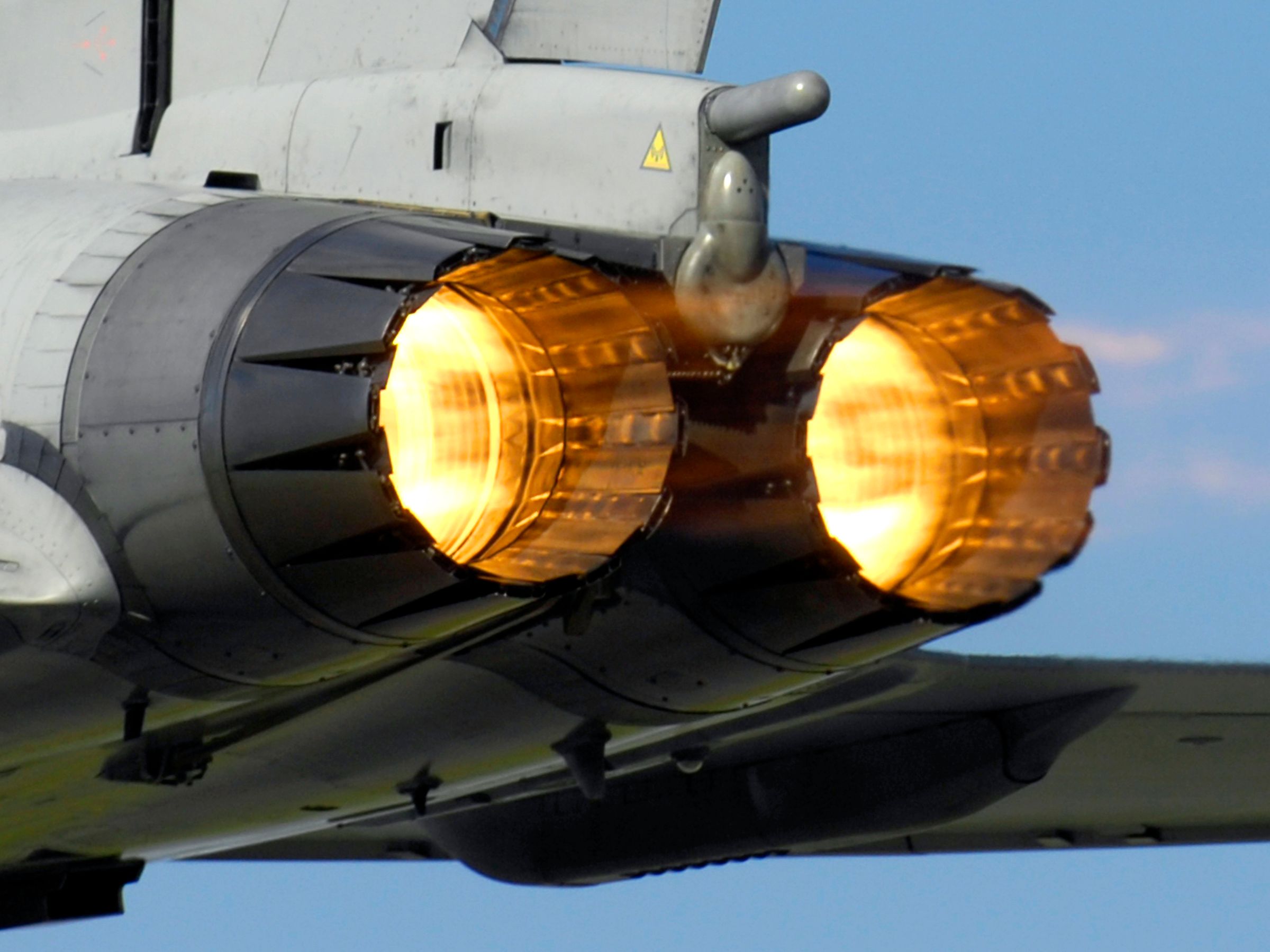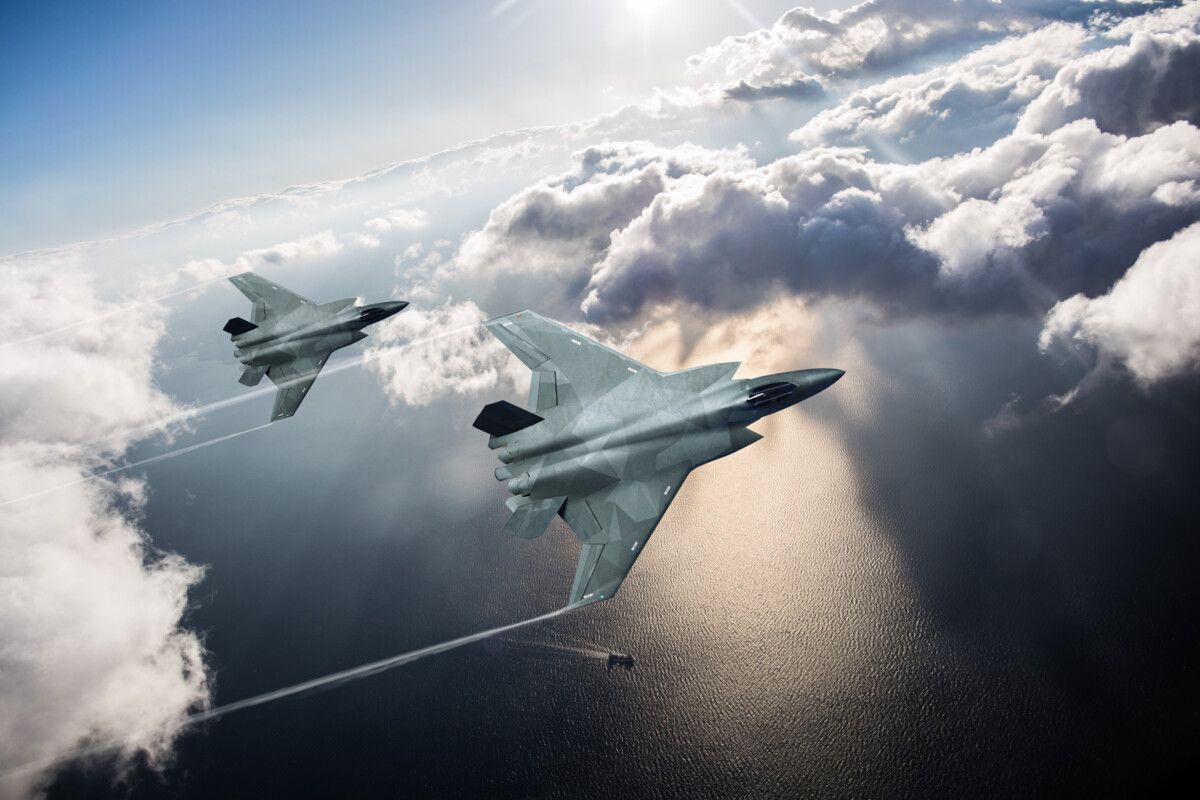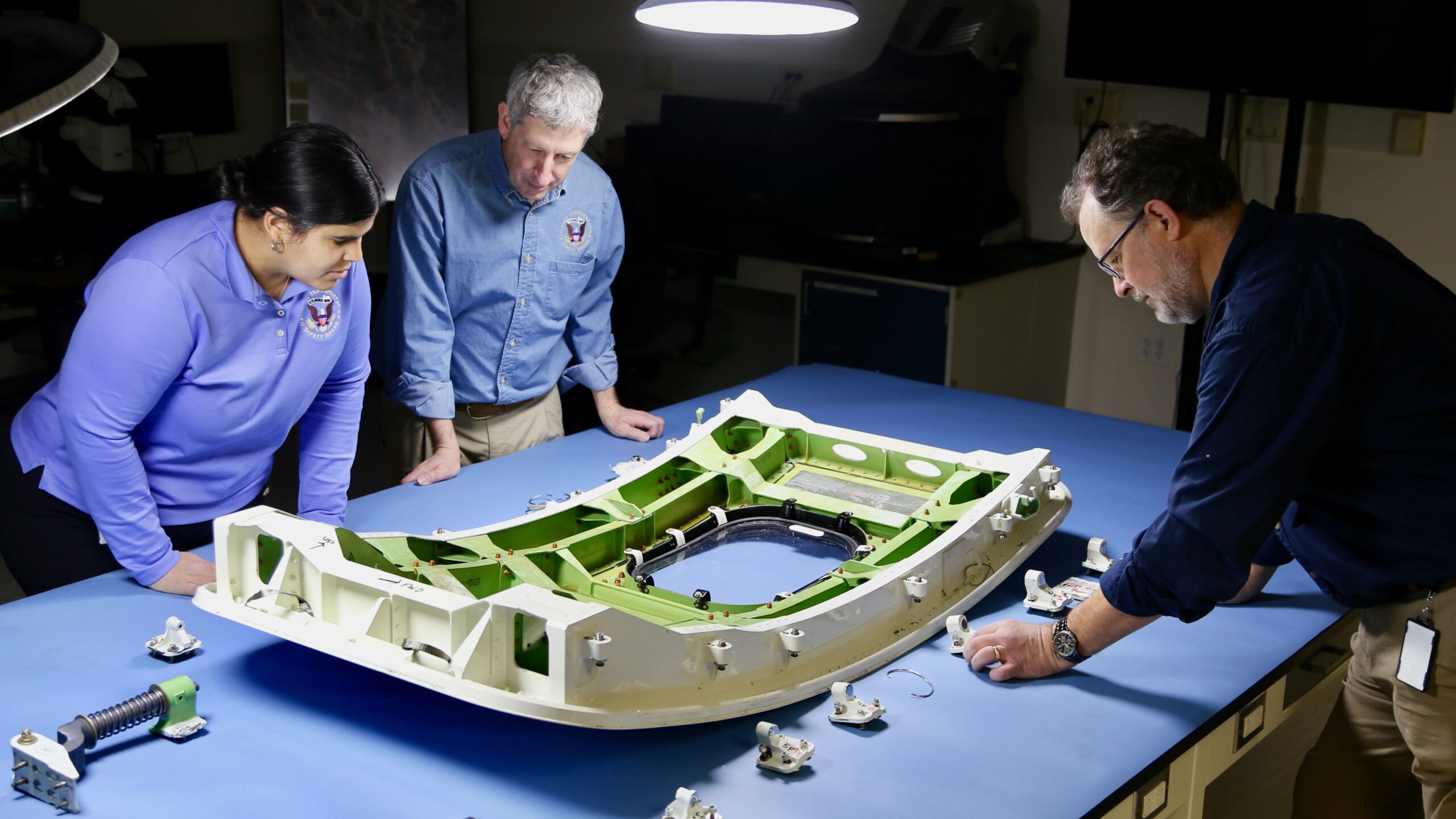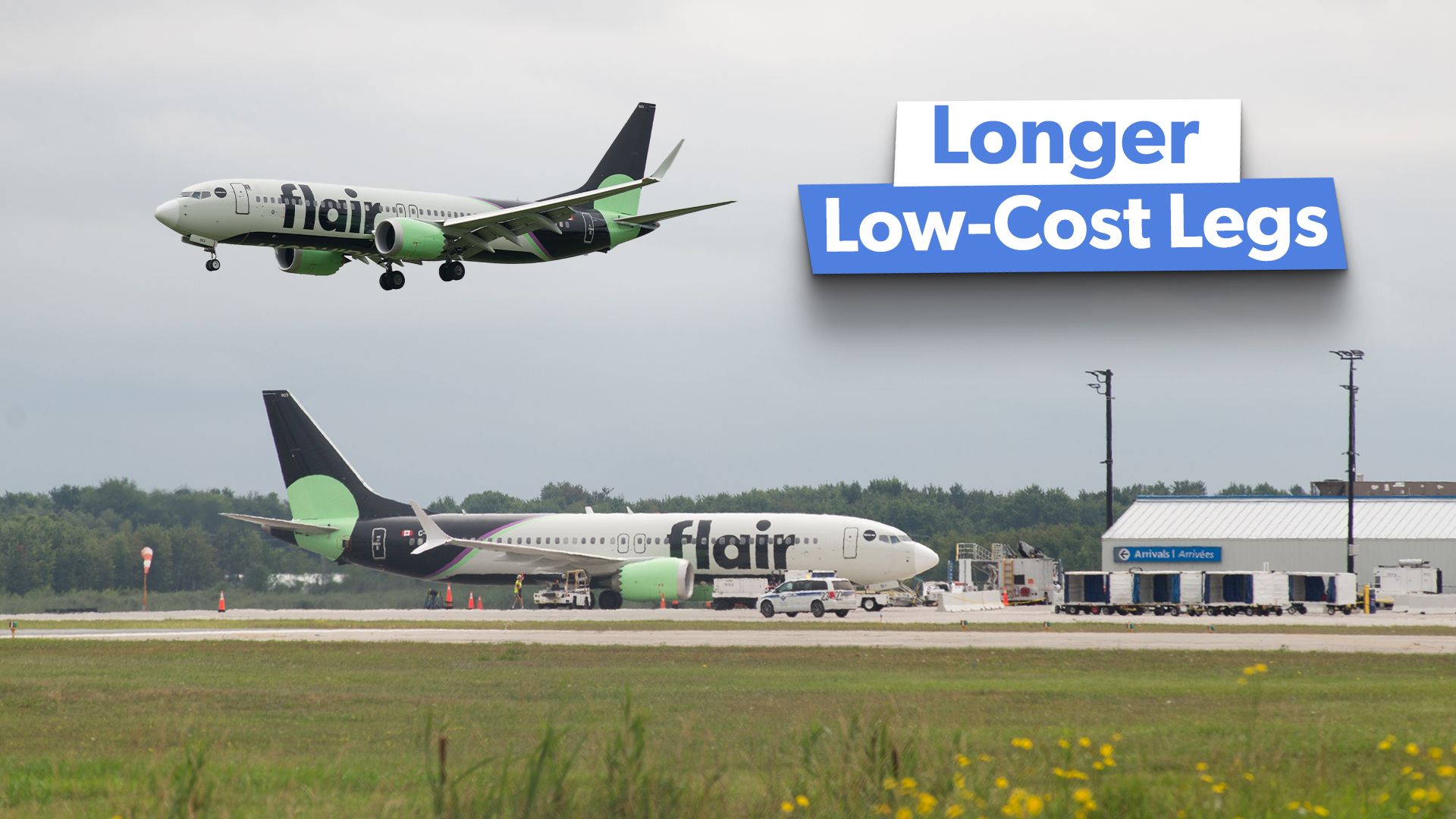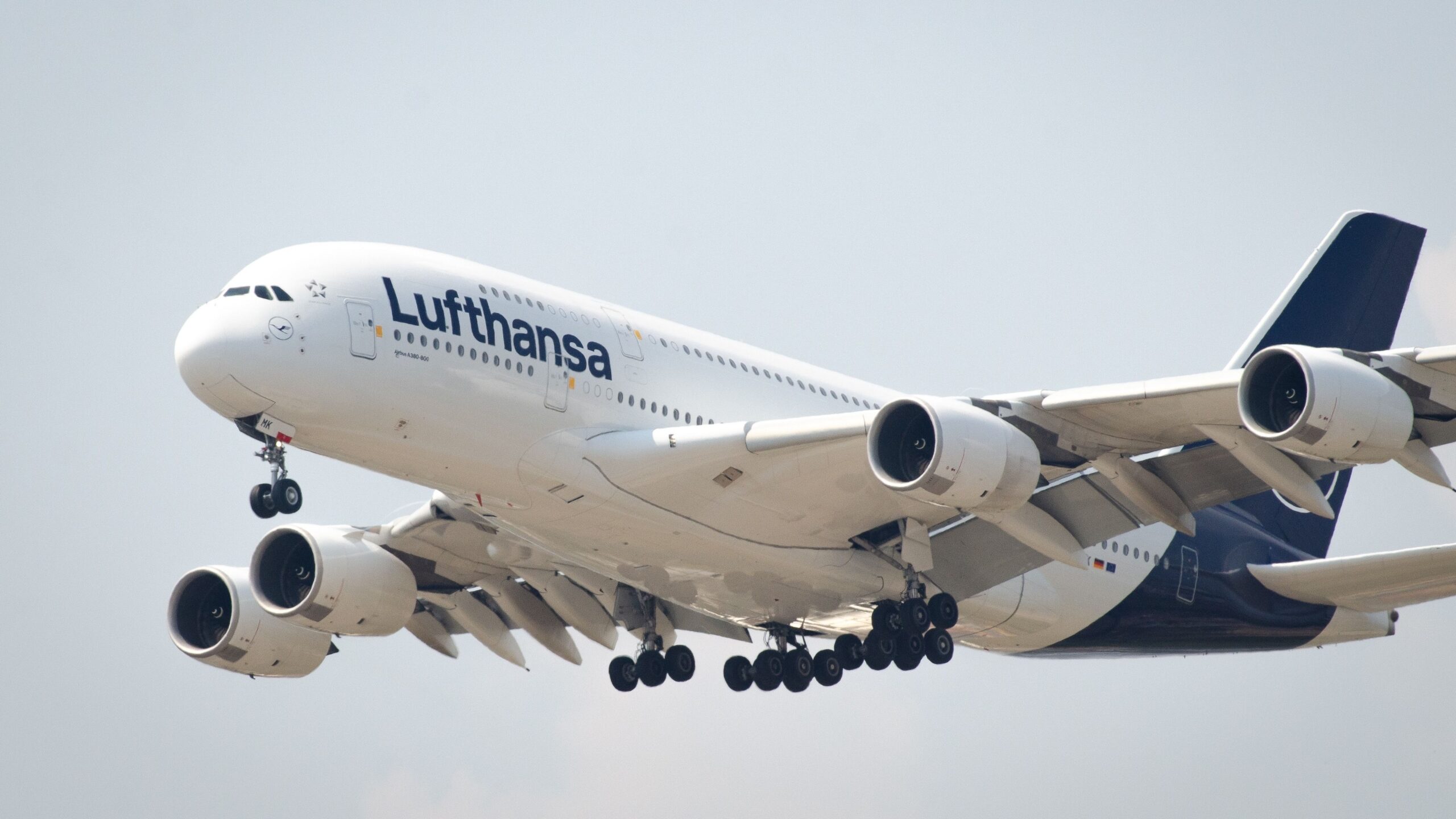Summary
- RAF aims to be world’s first Net Zero Air Force by 2040 through sustainable fuels and electric upgrades.
- The British government is targeting Net Zero by 2050, with the aviation sector accounting for a large portion of defense emissions.
- Rolls-Royce is pioneering electric aircraft technology, aiming to become a net zero-carbon company by 2050.
The British Royal Air Force (RAF) plans to be perhaps the world’s first major aircraft to reduce carbon emissions and achieve Net Zero by 2040. This is part of a broader British plan to have the United Kingdom reach Net Zero by 2050. While much is often said about the greening of the electricity grid and the transport system, the military is often left out of the conversation. Separately, Airbus aims to launch its ZEROe program in the civilian sector by 2028.
The world’s first ‘Net Zero’ air force
The RAF states, “We all have a responsibility to reduce our environmental impact and prevent climate change. The RAF has a strategy of initiatives and projects to strive towards sustainability and lower its carbon footprint while maintaining operational effectiveness.”
Photo: Matthew Troke | Shutterstock
To this end, the RAF is planning to use sustainable and synthetic fuels in its aircraft, upgrade equipment with hydrogen and electric alternatives, develop electric aircraft, and take other initiatives. The defense sector accounts for 50% of the UK central government’s emissions, and the British government is keen to reduce them. Aviation accounts for around two-thirds of the British Ministry of Defence’s fuel consumption.
“…the UK’s Royal Air Force aims to achieve net zero emissions by 2040 to minimise its impact on the environment and remove delivery risk; if it can achieve this it would become the world’s first Net Zero Air Force.” – Rolls-Royce
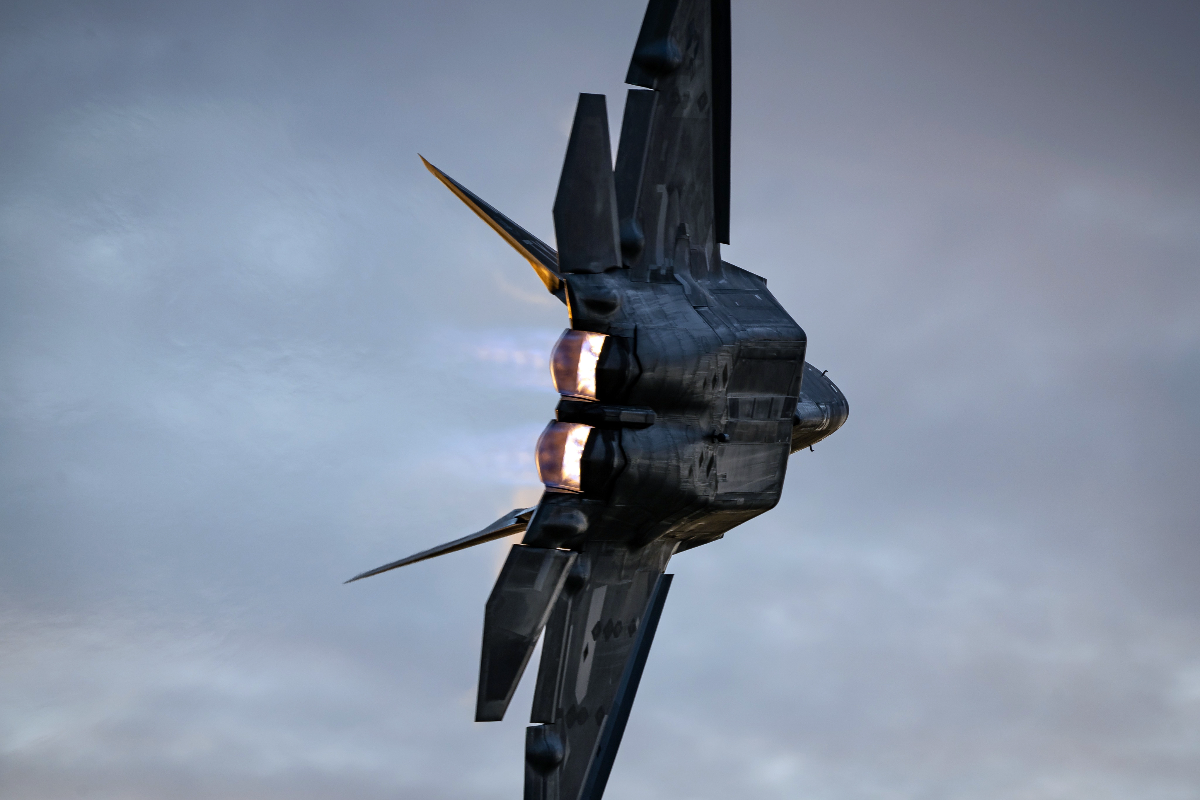
Related
US Senate Allots $3.4 Billion Over President’s Budget For 500 More Air Force Aircraft
The Senate fully funds the NGAD and F/A-XX sixth-gen fighters, adding more F15EXs and funding other aircraft and systems.
Examples of how the RAF reduces emissions
In 2023, the RAF used a sustainable aviation fuel blended with regular jet fuel to refuel a Typhoon fighter jet and a C-130 Hercules from an RAF Voyager tanker aircraft. This was the first such time this had been accomplished for the RAF. In a previous trial in November 2022, the Voyager had flown on 100% sustainable aviation fuel. The RAF stated it worked with Air BP to re-certify the fuel and achieve the required standards needed for its military aircraft.
|
RAF & its emissions |
|
|---|---|
|
50% |
Percentage of defense to UK government’s emissions |
|
100% |
sustainable aviation blend achieved by Voyager |
|
60% |
Avation’s share of UK defense’s fuel use |
|
2040: |
RAF’s net zero target date |
|
2050: |
UK’s net zero target date |
The British revised aviation fuel standards in 2020 to enable up to 50% ‘drop-ins’ from sustainable fuel sources for all military aircraft (including Britain’s F-35B fleet). Other European air forces, like The Netherlands’ air force, have also been putting blended fuels into their fighter jets.
BAE (Britain’s largest defense contractor) states, “In 2021 BAE Systems, like many others, joined the United Nations ‘Race to Zero’ campaign, committing to achieve net-zero greenhouse gas emissions across our operations by 2030 and across our supply chain by 2050.” BAE Systems reported that in 2020, they completed over 9,000 training events in the Synthetic training facilities at RAF bases. This represented almost 13,000 flying hours conducted virtually and saved about 75 million liters of aviation fuel or around 184,000 tons of CO2.
Time will tell if these are the beginnings of genuine efforts to reduce carbon emissions in the RAF or gimmicky PR stunts (like the US Navy’s seemingly one-flight-wonder ‘green Hornet’ in 2010).
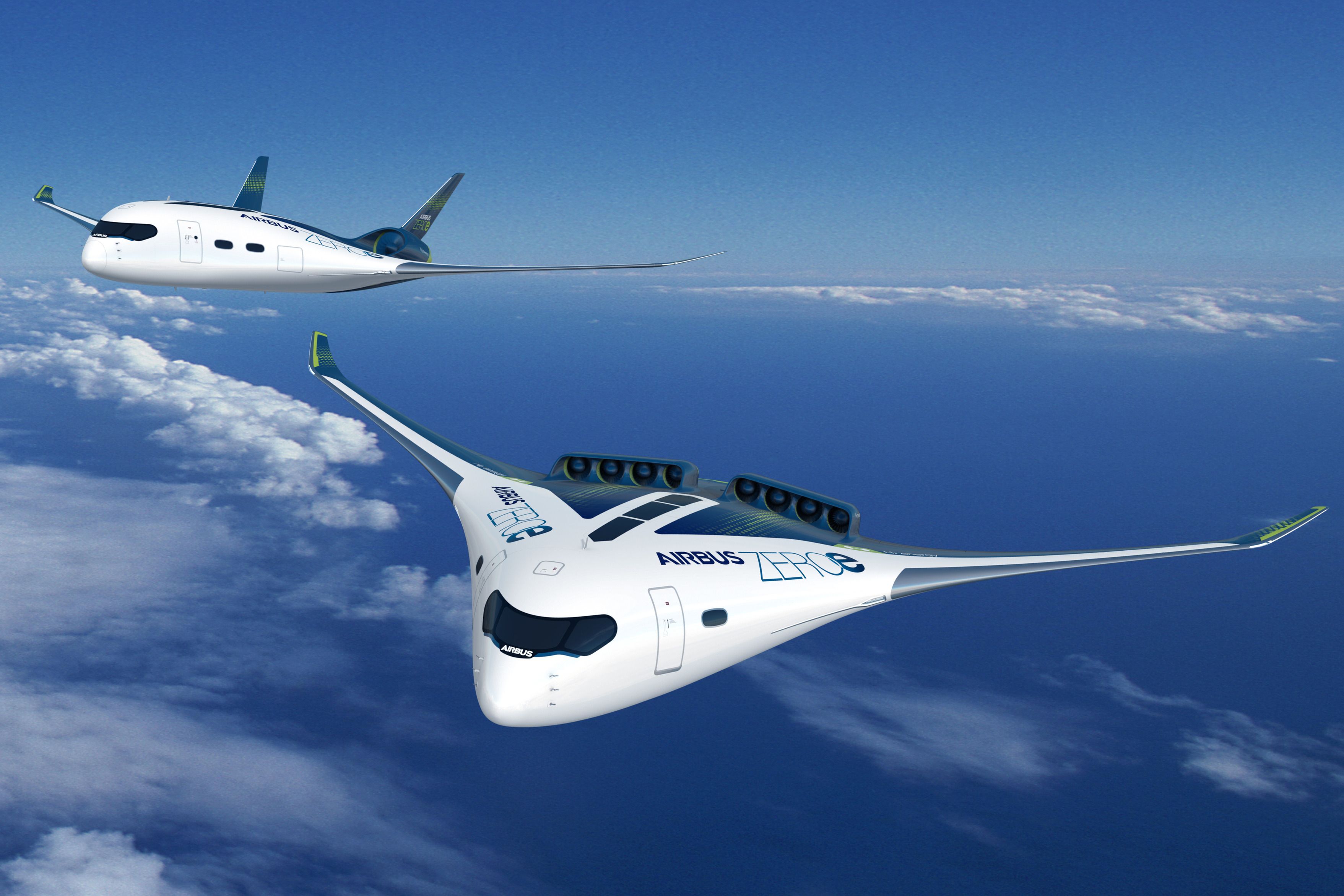
Related
IATA Updates Net Zero Carbon Emissions 2050 Progress
IATA’s update on the path to net zero emissions presents some encouraging progress, particularly in developing the SAF supply chain.
Rolls-Royce’s contribution
Rolls-Royce is one of the major British military defense contractors with particular expertise in developing cutting-edge jet engines. It states, “As pioneers, we are developing technology that will play a leading role in enabling and even accelerating the overall global transition to a net zero carbon future.”
|
Rolls-Royce ACCEL (Spirit of Innovation) |
|
|---|---|
|
First flight: |
September 2021 |
|
Role: |
Electric aircraft testbed |
|
Max speed: |
345.4 mph |
|
Powerplant: |
3x axial flux motors |
|
Wingspan: |
24 feet |
Rolls-Royce is also building the world’s fastest electric airplane. While it is a far cry from anything representing a modern fighter jet, it does offer innovation for small battery-powered propeller-driven aircraft. Rolls-Royce also states its zero-emission “Spirit of Innovation” aircraft has achieved a new world record of all-electric airspeed of 345.4 mph.
Rolls-Royce aims to become a net zero-carbon company by 2050. The company claims it is also applying sustainable solutions in the sixth-generation Tempest (Global Combat Air Programme), which is currently under development. Rolls-Royce points out that the Tempest fighter is planned to be more electric than previous fighters and that electrification offers the means of “more efficient and sustainable flight by reducing fuel consumption…”
Photo: BAE Systems
It is unclear if this drive for electrification is driven by a desire to make the aircraft more ‘green’ or enhance its performance and endurance. Additionally, sixth-generation fighters are anticipated to require a huge amount of electric power to run their many computers, sensors, and expected lasers.
The RAF’s aircraft and operations look set to join the larger shift in the UK to lower emissions. Like many other countries in Europe and elsewhere, it plans to ban the sale of gasoline and diesel cars by 2035. Long-term planning is looking at decarbonizing commercial aircraft as well – although this is a greater challenge.


